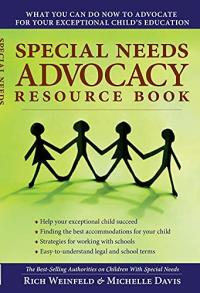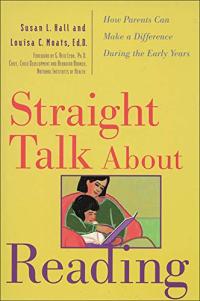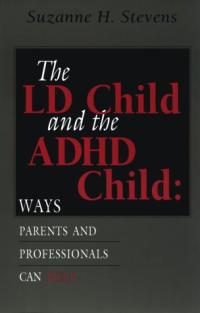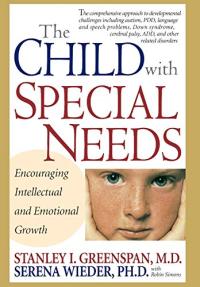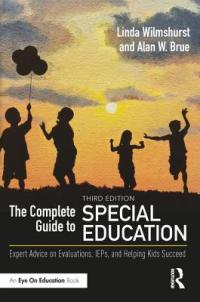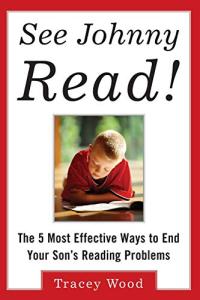
See Johnny Read! : The 5 Most Effective Ways to End Your Son's Reading Problems
Research shows that if these children do not “close the gap” before they finish third grade, they are likely to remain functionally illiterate throughout their lives. See Johnny Read! is the first book to offer practical, proven, and timely ways for parents to help their boys with this critical skill. Written by an expert teacher and educational consultant, this much-needed book answers essential questions, including: When does a reading delay become a reading problem? How, when, and where should I look for tutoring? How can I get the best help from the school? How can my son avoid (or overcome) the “Bad Boy” label? How can I help my son learn to read — and enjoy reading — at home?

